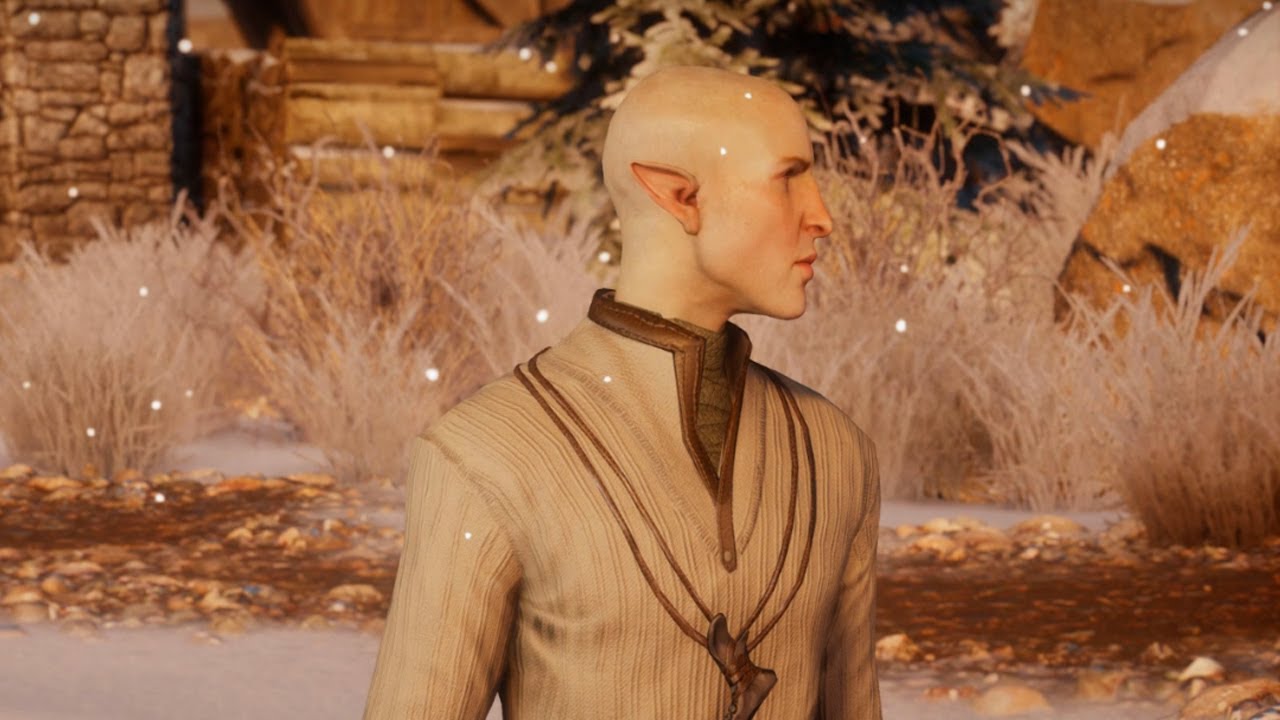- Published on
Mass Effect and Dragon Age vet explains the origins of the infamous 'BioWare turn'
This article reveals the origin of the infamous 'BioWare Turn,' a signature animation used in BioWare's RPGs, and how it's a product of a set of animations designed to break up static scenes, a practice that has been carried across multiple BioWare franchises.

Today in our ongoing series where we highlight small anecdotes about beloved games from developers on Twitter, we've got a humdinger: the origin of the infamous BioWare turn.
You might not immediately recognize the term "BioWare turn," but if you've played more than three seconds of a Mass Effect or Dragon Age game, you'll almost certainly have an inkling of what it is. A conversation ends, then a character dramatically turns their head to side, moves their shoulders to follow, and slowly walks out of the scene. It's all over those games, to the point where there are 10-minute-long supercuts of the animation appearing in each of the two RPG trilogies.
"I'm responsible for some of the 'Bioware Turns,'" Violet McVinnie, who served as a cinematic designer on Mass Effect 2, Mass Effect 3, Dragon Age 2, and Dragon Age Inquisition, says on Twitter. "This anim is part of a set called 'Posebreakers' which are intended to move characters around the area if a scene is feeling too static. We'd combine them with the infamous 'Exit Left/Right' between cuts."
McVinnie goes on to note that "many animations propagate through lots of Bioware franchises. ME3's Thane/Kai Leng fight cutscene has a lot of Jade Empire combat animations stitched together." If the DNA of these animations goes back that far, I can't help but hope at least a couple of them have been carried forward into Dragon Age: The Veilguard. Sure, some people might complain about reused content from old games, but the real BioWare fans will just be happy about the Easter egg.
Check out our Dragon Age: The Veilguard review for our full verdict on BioWare's latest.